MWT/Transforms is a lean business transformation approach which combines:
- Strategy / Execution Bridge
- Business Capability Modelling
- Capability Engineering
- Prescriptive Capabilities
- Transformation through Competency Centre Maturity
The initial steps of the process are outlined below:
1. MWT/Transforms does not provide your organisation with a strategy. Although business capability modelling is a powerful executive collaboration architecture that can ultimately enable more effective discussions about strategy, the MWT/Transforms approach is focused on the transformation required to execute on particular types of strategy.
Therefore the first step is to determine if a strategy exists, or to convert goals into strategy. Much debate in the executive management team will revolve around “what is strategy?” rather than the actual definition of the organisation’s strategy itself. This will be ever more true if the wrong strategy consultancy group has been hired to develop your strategy.
Once the strategy is set the MWT/Transforms approach bridges the gap between strategy and execution.
2. MWT/Transforms is a business capability modelling based approach to business transformation. It begins with rapid development of the a business capability model that represents the target operating model for the organisation.
The business capability model includes a number of high-level types of capabilities with careful consideration of how capabilities relate to one another and how their type will determine their investment strategies, accounting approach, and relationship with the organisation’s overall governance model.
3. MWT/Transforms is a competency-centred based transformation approach. Unlike traditional transformation approaches which rely on heavy up-front planning and certainly about details, the MWT/Transforms approach focuses on simultaneously maturing capabilities towards the target operating model. Therefore a clear understanding of the competency centres is defined and aligned to the strategy.
4. As your organisation will need to partner with external organisations during the transformation period, each capability is then mapped to a set of sourcing strategies for that capability. Far from a binary “in-house / outsource” decision, this categorisation forms the basis for how each capability will evolve in the coming months.
5. Your organisation can only tolerate so much change; however, the amount of change that can be executed in a given period is also a factor of how capabilities are bundled.
By ensuring the relationship between business capabilities, competency centres, services, and shared foundational capabilities is aligned to your strategy the overall volume of change can be optimised.
6. Any transformation program will introduce new business capabilities and impact existing business capabilities. By managing the overall journey of each business capability – including the period pre- and post- the transformation program – the overall timeline of the core transformation period is reduced.
The transformation program will continue to accrue benefits beyond the focused transformation effort. Also, the transformation will leave less of a “debt footprint” on the organisation. A debt footprint typically occurs when the imperatives of the transformation challenge inadvertently erode some of the foundational capabilities of the organisation.
7. Different types of transformation program require different program, project, and work stream structures. Technology-enabled business transformation (or TEBT, with the indicative program structure shown above) is the dominant form of program structure. However, it is not always the most effective approach to transformation.
Further details available on request.
Blog posts relating to Transformation:
- The IT Department of the Future… doesn’t exist Good article, including the simple fact: In the industrial company of the future, there won’t be a separate IT department. From: http://www.strategy-business.com/article/The-Thought-Leader-Interview-Bill-Ruh?gko=9ae51
- Mega Projects Redux: Projects, Programmes, and Work streams (Part 1 & 2)This is an article I wrote around 2002 that was eventually published on the Satyam (new Tech Mahindra) blog. I can’t find the old Satyam blog now so here it is again. Projects, Programmes, and Work streams (Part 1) MegaProjects are large enough to be called a ‘programme’, but integrated enough to be called a ‘project’. In ...
- The No ICT Strategy OrganisationThe idea of business / IT alignment is completely at odds with the challenge of business agility. You can never align all-of-the-business with all-of-the-IT. You can only ensure that the business capabilities your organisation’s operating model depends on sufficiently utilise information technology in order to ensure competitive levels of productivity, optimal customer experience, and coordination ...
- The path from academic to mainstream – Cognitive biasInteresting to see the progression of ideas from academia through to government. Take for example “cognitive biases”: 1972 – Academic work – “The notion of cognitive biases was introduced by Amos Tversky and Daniel Kahneman in 1972” from here. 2011 – Popular work (~40 years later) – ““Thinking, Fast and Slow” spans all three of these phases. ...
- Types of Transformational Change – How to decide?You’ll find yourself focused on one of the following types of transformational change: Strategic Pivot Continuous Change Culture Innovation Injection Prepare / Response Process: Make a decision along each edge If you can’t make a decision perform the recommended step Choose the quadrant where your highest concerns converge Follow the arrow to determine order of sub-initiatives For example: 1) If you’ve had a recent change of ...
- Business Architecture as Foundation for TransformationGood overview of how the business architecture discipline bridges the strategy / executive gap (i.e. transformation) The Business Architect as Strategist from Accelare


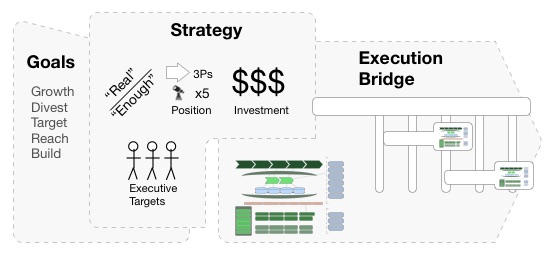
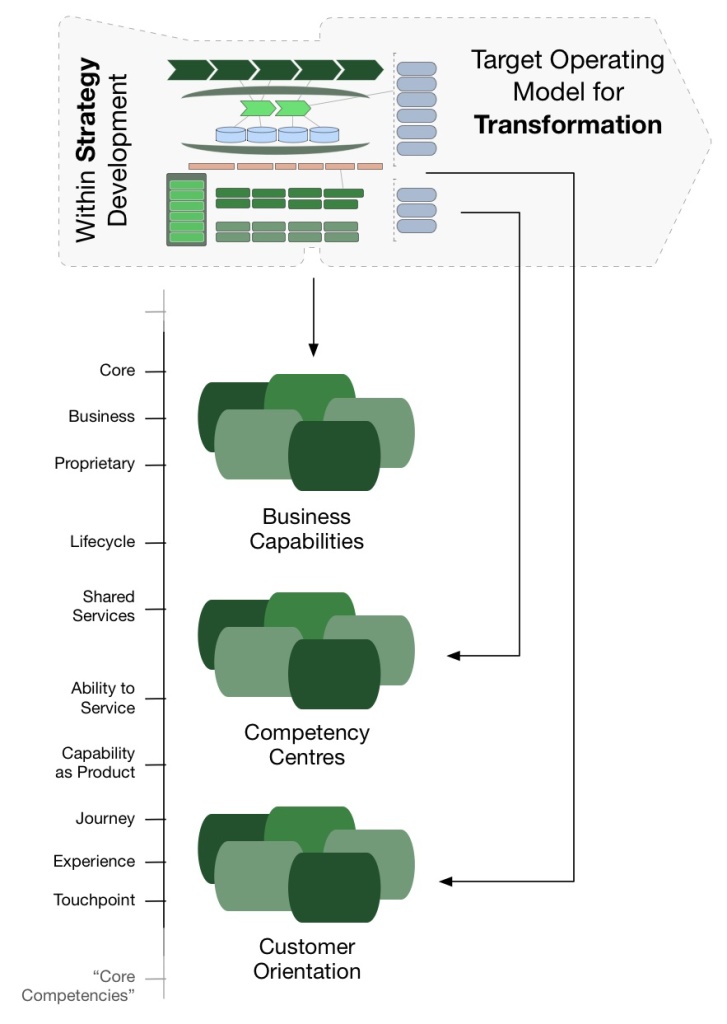
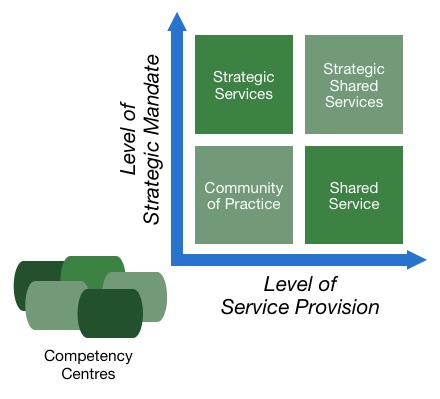
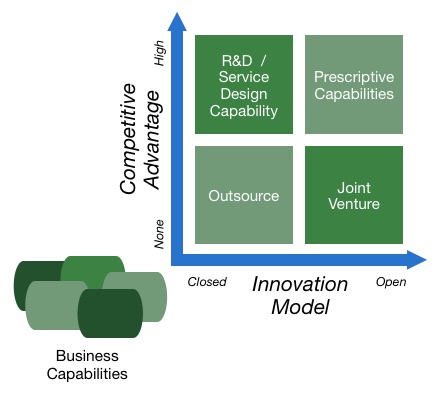
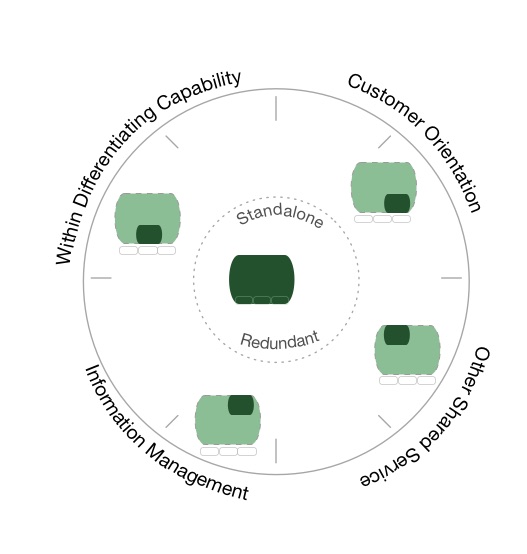
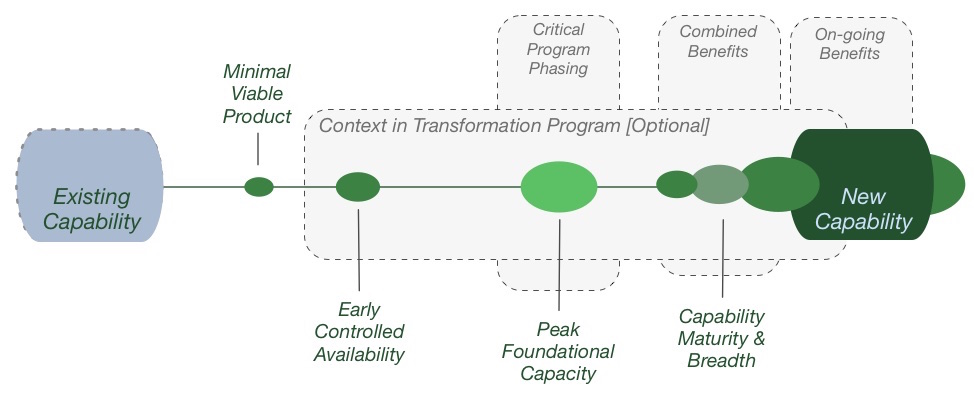
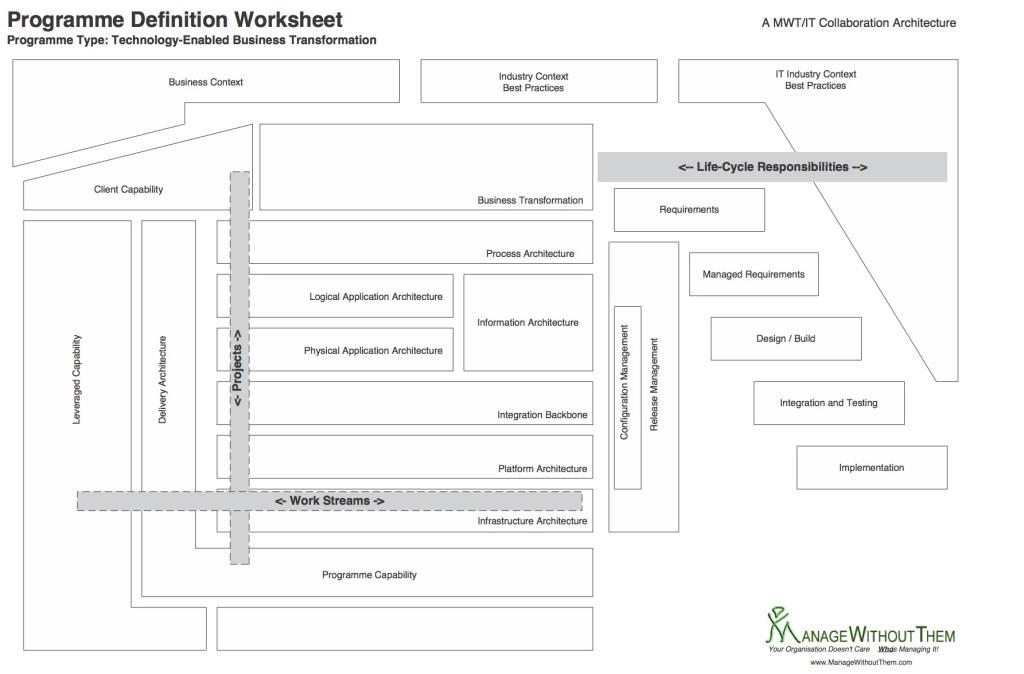
1 Pingback